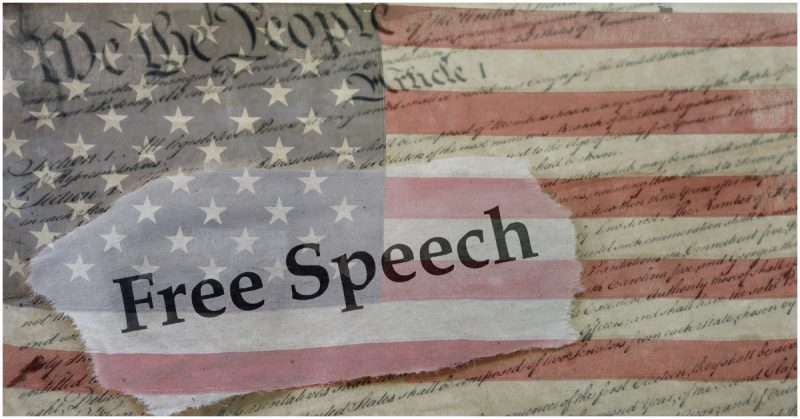In the United States, World War I led to the federal government restricting what they considered unpatriotic free speech. However, it was not apparent what was regarded as safe speech and what was considered offensive speech. This article will review the history of US legislation and court cases that cemented and clarified the United States limitations on free speech.
World War I was one of the first times the US had seen a propaganda effort on the part of the government to challenge the concept and limitations imposed on free speech. Directly after the start of World War I in 1917, President Woodrow Wilson passed the Espionage Act. This act, passed in 1917, is still in effect today.
The Espionage Act made three things illegal: conveying false information to interfere with the American military or promote the success of our enemies; cause or attempt to cause insubordination within the military, or willfully obstruct military recruitment and enlistment.
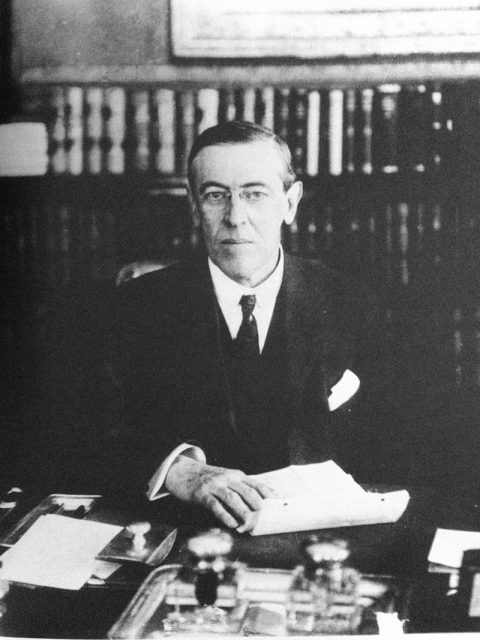
One year after the Espionage Act was passed, Wilson passed an even stricter law, The Sedition Act of 1918. This law criminalized disloyal, profane, scurrilous, or abusive speech about the United States or its symbols, speech designed to impede war production, and statements supporting countries with which the US was at war.
With these decrees, the State prosecuted over 2000 citizens under the two laws, with half of those indicted as being convicted and handed down jail sentences.
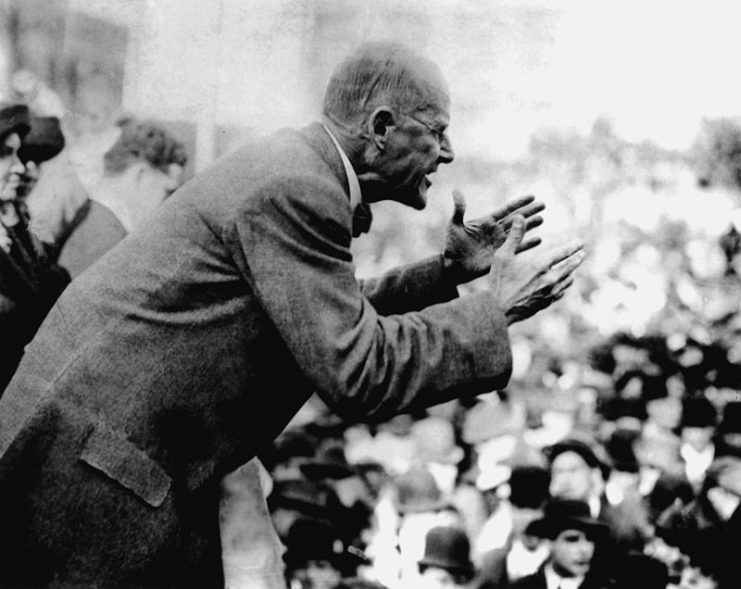
One of the men convicted was Eugene V. Debs, the Socialist party candidate for President. Another man prosecuted and convicted was Robert Goldstein, silent film director, who directed the movie “The Spirit of ‘76’, a fictional film which highlighted the American Revolution.
Many others put on trial under the acts were people who handed out leaflets opposing the draft and calling it equal to slavery. Others were leaders of both the Socialist and Communist parties.
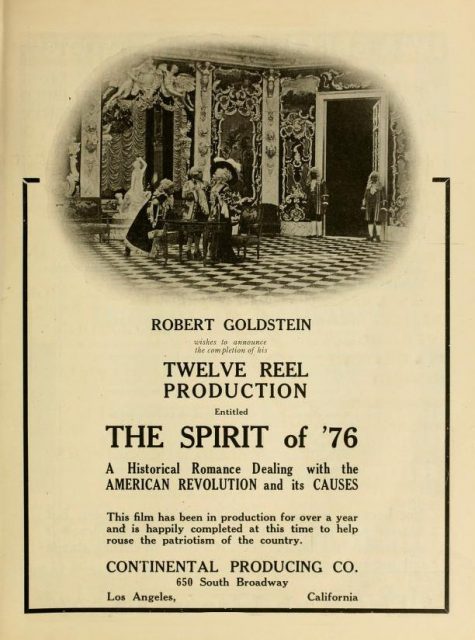
In US court case Schenk v United States, the Sedition Act Espionage Acts were challenged. The court upheld both acts, stating that there are certain parts of speech that cannot be protected if they are to be a threat to the country, be it wartime or peacetime. Although a few United States Supreme Court Justices dissented, the acts were indeed upheld. Wilson’s last day in office saw the Sedition act repealed. The Espionage Act, however, is still in effect today.
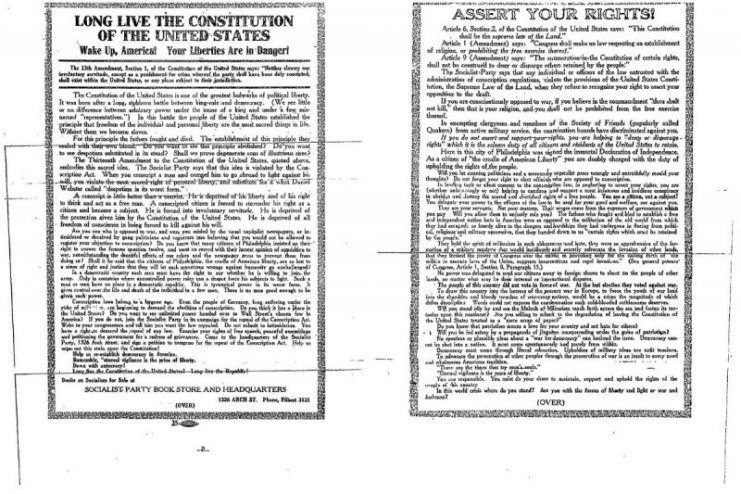
World War I ended in November of 1918. In 1924, then-Attorney General Harlan Fiske Stowe concluded that law enforcement should be concerned with the conduct of individuals, and not with their thought, be they political or otherwise.
In 1923, all sentences handed down under the Sedition Act were commuted. In 1931, FDR gave all individuals prosecuted under the act amnesty. This decision showed a temporary relaxation of restrictions on free speech. However, it had more to do with the fact that the war was over than it did government views on free speech.
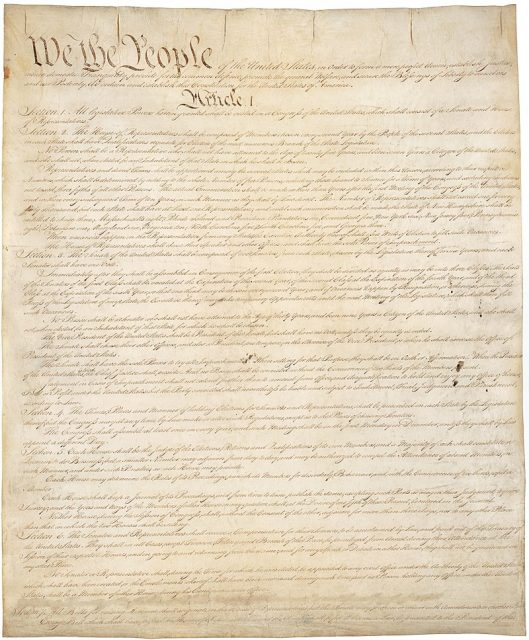
After World War I, the government amended its restrictions on free speech. The Sedition Act had been repealed. The Espionage Act was not strictly enforced. In a landmark case, Brandenberg v Ohio, the US modified the previous standard to restrict only speech that, when presented, constituted a clear and present danger to social order.
Under this standard, the expression could be restricted if it presented dangerous tendencies toward disorder. This new standard allowed more speech to be regulated since it left much more to interpretation.
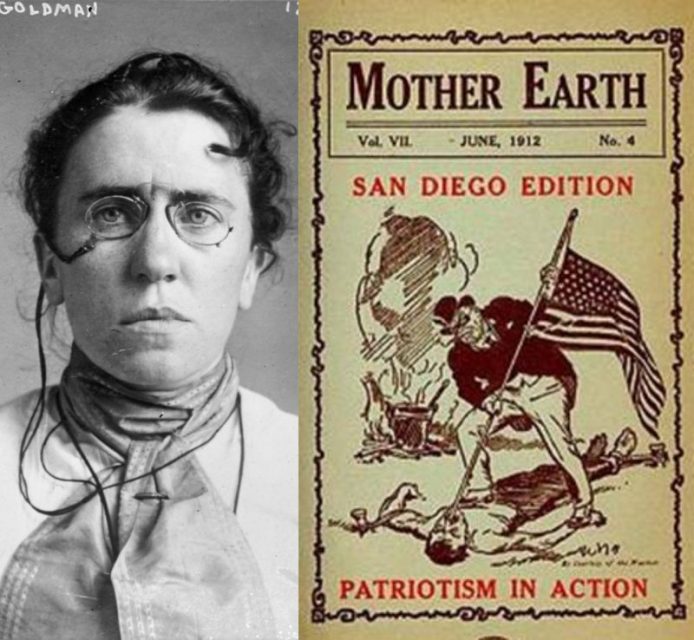
In 1940, Congress passed the Smith Act, which barred speech and organizations intended to overthrow any government in the United States. It was a tactic used in World War II and the Red Scare to suppress socialist and communist ideas. This standard lasted until 1969 when the current measure of free speech restriction was put into place.
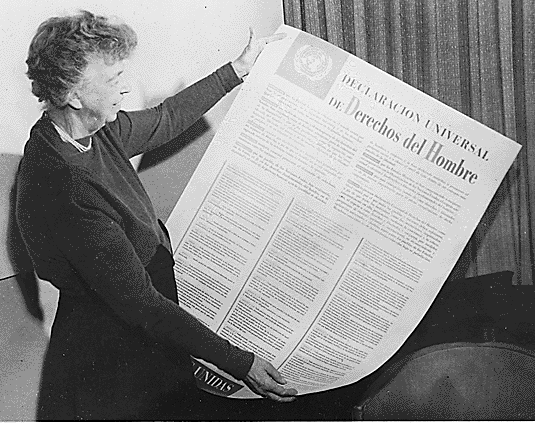
1969 found the case Tinker v Des Moines Independent Community School District, in which the Supreme Court held that students do not shed their 1st Amendment rights at the schoolhouse door and that they do, therefore, have a right to express their political and social views.
Just two years later, in New York Times Company v United States, the court held that the government could not place prior restraints against the newspaper regarding publication of the Pentagon Papers, holding that the government’s claim that the papers would interfere with foreign policy was not strong enough to overcome the presumptions of free speech.
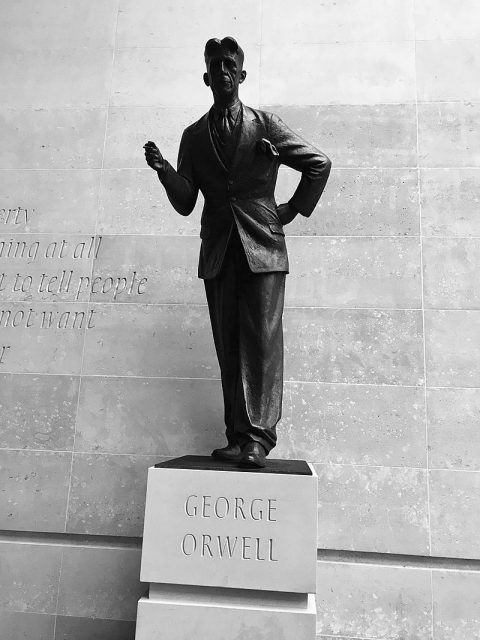
This current standard allows speech to be restricted, if it presents a threat of imminent lawless action based on the present circumstances. This standard enables controversial statements as long as it is not going to lead to illegal behavior. Under this law, it was deemed illegal to burn a draft card because it destroyed government property and because it interrupted the draft process.
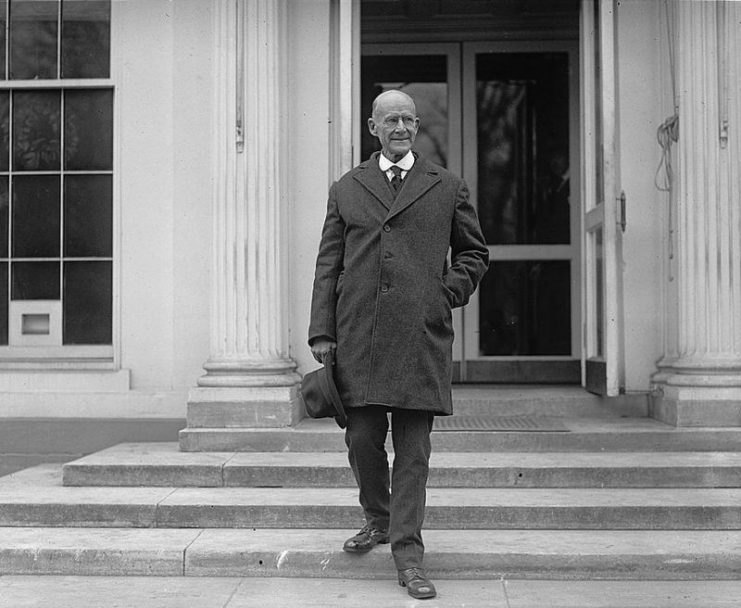
Since 1960, the government does not pursue free speech as it did back in the days of the Sedition Act and Espionage Acts. Even after 9-11, when people were demanding that the government censure free speech, the government refused to revise the standard.
Read another article from us like this – Hearts and Minds: WWI Propaganda British Style
With the advent of the internet, there was a hope and a call for the restriction of free speech regarding online speech, but to date, the government has not enacted any laws addressing restriction of online discourse.
